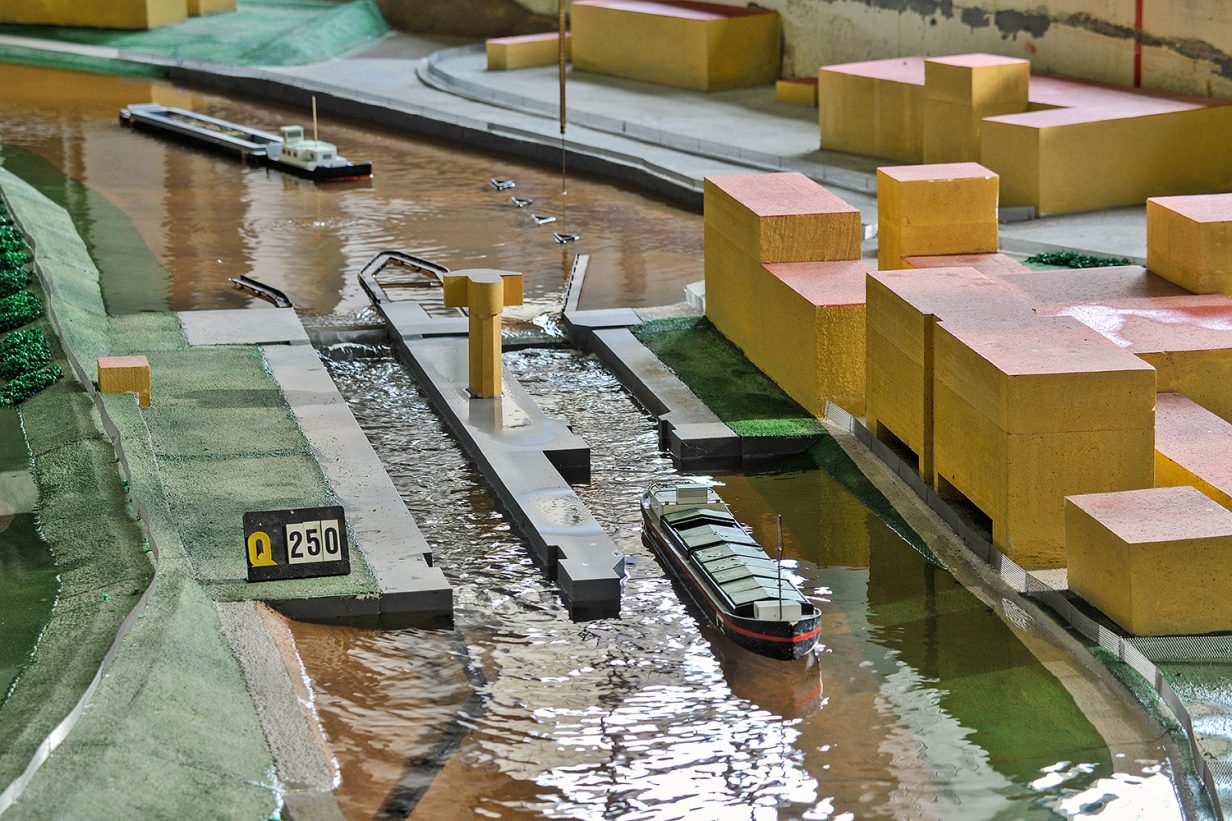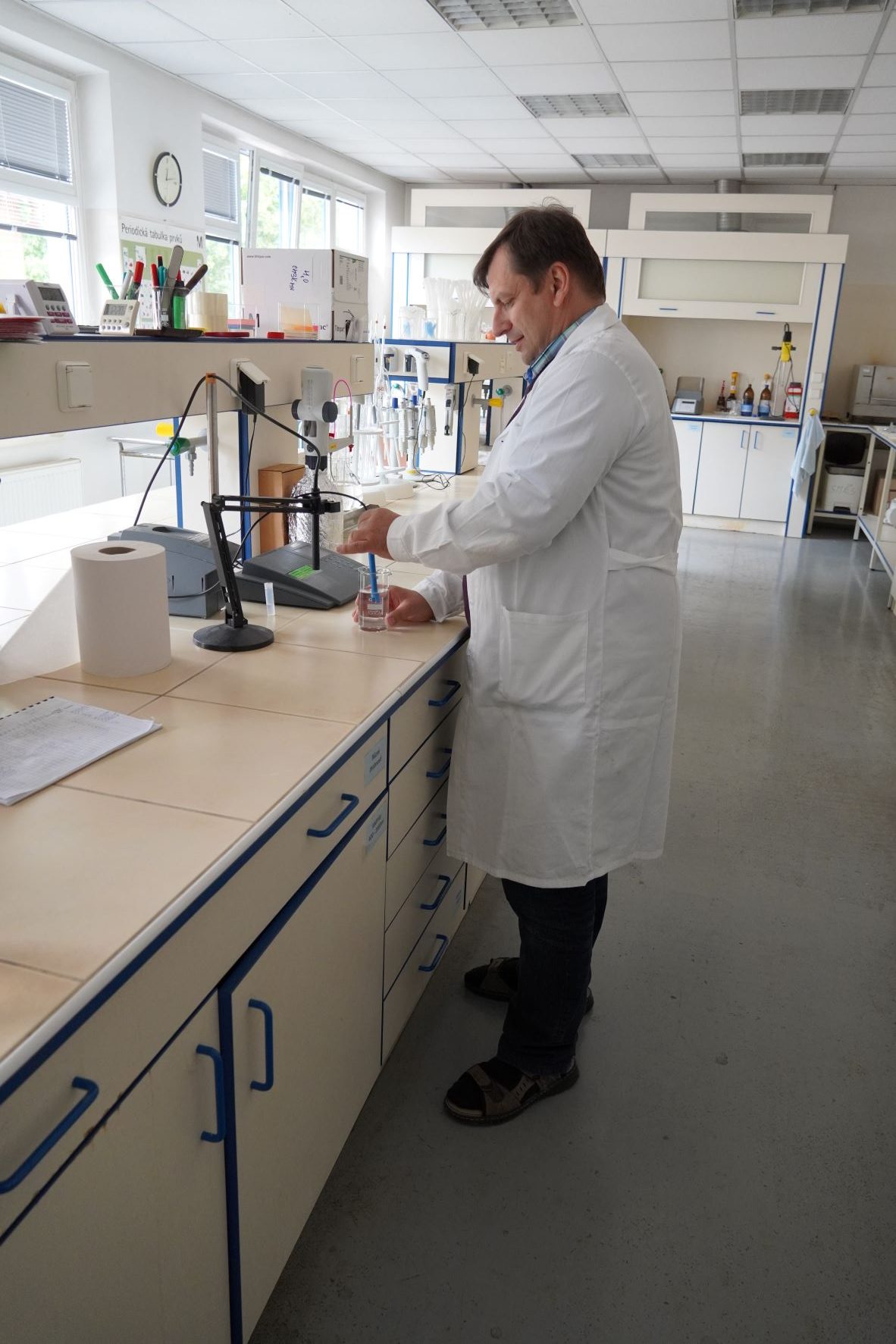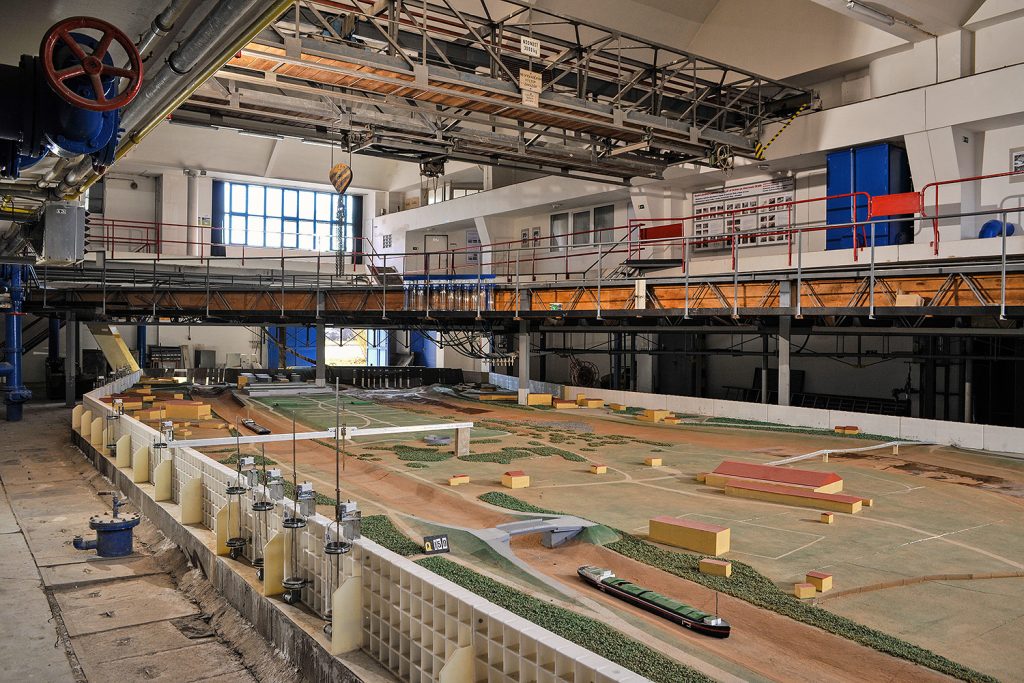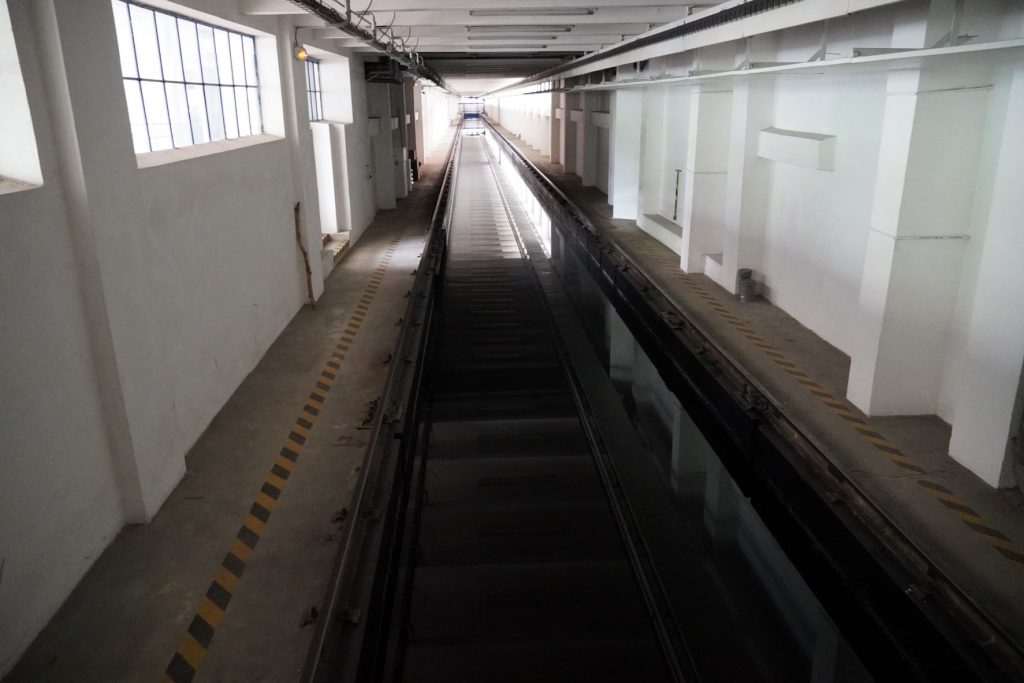
Introducing: The T. G. Masaryk Water Research Institute, v. v. i.
The Centre of Environmental Research: Waste Management, Circular Economy and Environmental Security (CEVOOH) was established with the support of the Technology Agency of the Czech Republic as part of the 2nd public competition of the Program for the Support of Applied Research, Experimental Development and Innovation in the Environment – Environment for Life. The project was prepared for the needs of applied research of the Ministry of the Environment, which is the main user of the project results. The centre focuses on research in the field of waste management and the transition of the Czech Republic from a linear to a circular economic model. Taking into account that this area is thematically very comprehensive, the Centre coordinates research and professional activities carried out by eight universities and research organisations. One of them is the T. G. Masaryk Water Management Research Institute, a public research institution whose role in the CEVOOH project is briefly presented in the following description of its role.
The T. G. Masaryk Water Research Institute, v. v. i., was originally founded as the State Hydrological Institute in December 1919 and thus ranks among the oldest scientific institutions in Bohemia and Slovakia. It is currently a public research institution established by the Ministry of the Environment and has its headquarters in Prague and branches in Brno and Ostrava. TGM WRI has long been engaged in study and research not only in the field of wastewater treatment and testing the efficiency of wastewater treatment plants, but also in the field of hydrology, extreme phenomena and climate change, hydraulics, groundwater protection, protection of biodiversity in the aquatic environment, packaging and waste management, composting or water in terms of its importance as cultural heritage. Research at TGM WRI also responds to current environmental issues. An example is the installation and operation of a measuring station with Daphnia pearls on the Bečva River in connection with the ecological disaster that took place on the border of the Zlín and Olomouc Regions in 2020 or research into the presence of the SARS-CoV-2 virus in wastewater. Among the interesting things that can be seen at the TGM WRI workplace in Prague are, for example, a 300m long channel for calibrating water-measuring propellers, which passes directly under one of the main buildings, or the so-called large hydraulic hall, where it is possible to model various extreme flood phenomena or verify the operating status of the device.
TGM WRI also cooperates in research on drought, its prediction and environmental impacts in the Czech Republic. It can be considered a curiosity that TGM WRI, as an institution dealing with the study of floods, is itself sometimes affected by floods due to its location at the level of the Vltava River. Further information about the focus of the institute and its research activities and project outputs can be found on the institute’s website www.vuv.cz. As part of the CEVOOH project, TGM WRI participates in solutions in four research packages. Specifically, it is package 1.B – New types of waste and technologies, 1.C – Biodegradable waste, 2.A – Contamination of the water environment and 2.B – Contamination of the rock environment, while in package 2.A, TGM WRI acts in the role of Coordinator.
Other partners of the CEVOOH project are also participating in the solution of package 2.A, namely the University of Mining and Technology – Ostrava University of Technology, the Institute of Chemical Processes of the Academy of Sciences of the Czech Republic, v. v. i., and the Faculty of Science of Charles University. The research is mainly focused on the issue of pollution of the aquatic environment by pollutants of anthropogenic origin, especially pharmaceuticals, their residues and metabolites, as well as the contamination of surface waters by microbial pollution. As part of the solution, cooperation also takes place between individual work packages, e.g. 1.B and 1.C, which address, among other things, the possibilities of new techniques for processing sludge.
Questions for Ing. Miroslav Váňa, head coordinator:
 1) What outputs of the CEVOOH project, in which you are involved, do you consider to be the most important?
1) What outputs of the CEVOOH project, in which you are involved, do you consider to be the most important?
The essential outputs of work package 2.A, i.e. operationally usable technology for the removal of medicinal substances from wastewater and the development of methodologies, are still waiting for us. All the research activities we have done so far can be considered as a kind of preparation for these crucial outputs. During the two years of the project, we analysed the technologies used to remove medicinal substances and analysed the consumption, or sales of pharmaceuticals in the Czech Republic over the past 3 years. We also selected places where large sewage treatment plants discharge treated wastewater into streams with little water and where the influence of medicinal substances on aquatic organisms is greatest. Last but not least, it is possible to mention the development of experimental equipment that should be used to clean special streams of wastewater where higher concentrations of drugs can be assumed.
2) Have there been any difficulties and complications in the course of your work so far that you had to deal with?
Probably the biggest problem is the lack of data on the current situation in the Czech Republic, regarding the extent and concentrations of medicinal substances in wastewater, and also on the effects of medicinal substances on the aquatic environment. We obtain information and a certain overview of the situation mainly from the experience and results of solved projects of individual partners of the consortium, but also from professional literature and experience from abroad.
3) How many researchers from VÚV TGM are involved in the work on the CEVOOH project?
In total, approximately 25 research and technical workers are involved in the solution of the CEVOOH project in individual work packages.

Large hydraulic hall

Hydraulic model

Channel for calibrating water-measuring propellers


